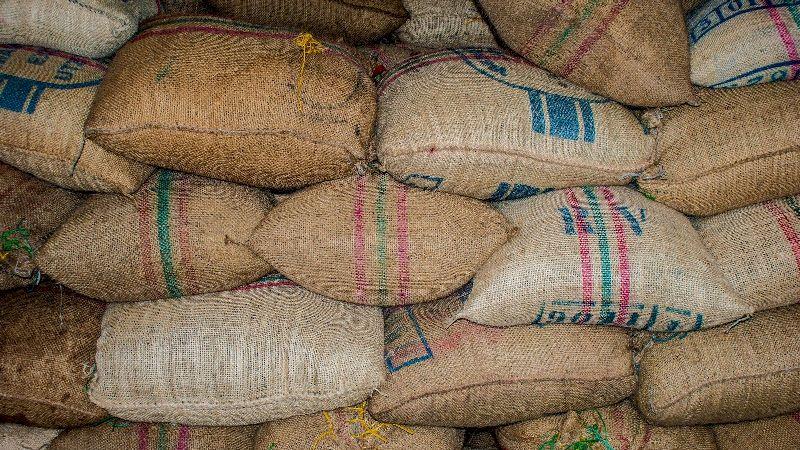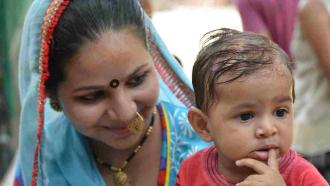
[Image Credits: Julian Andres Carmona Serrato via Unsplash]
India is no stranger to the problem of food insecurity — one in every three children in the country is malnourished. A survey conducted in 2015 by the International Institute for Population Sciences, Mumbai, found more than 50% of children below the age of five to be anaemic. Despite rapid development in the health and agriculture sectors of India, a majority of the population is still heavily malnourished, primarily due to socio-economic issues such as illiteracy, unemployment, and poverty.
In 2013, the Government of India passed the National Food Security Act (NFSA) which recognised that food security is a right for every Indian citizen — the states have a legal commitment to ensure adequate nutrition for citizens who are not self-sufficient. The act provides food such as rice, wheat, sugar, and cooking oil at reduced prices to people in households living Below Poverty Line through the Public Distribution System (PDS). A new study analysed rice and sugar subsidies provided by the NFSA in Andhra Pradesh and Telangana and concluded that they do not improve the nutrition of the recipients. On the other hand, they may contribute to stunted growth in children. The study was conducted by an international group of researchers and was published in the Journal of Social Policy.
A survey conducted by the Young Lives organisation in 2008 collected data from mothers or primary caregivers of children in four districts of Andhra Pradesh and two districts of Telangana, covering around 28% of the states’ combined population. The data represented a mixed population with young and old children from various economic backgrounds. The researchers analysed this data and found that nearly 20% of the poorest households did not take advantage of the PDS, while over 25% of the wealthiest households did. Due to the disparities from the expected numbers, they conclude that PDS is not an indicator of food security.
PDS is supposed to encourage increased food consumption, as well as enable people to spend their income on other nutrient-rich foods. However, the success of this plan depends on the recipients being able to make informed dietary decisions and improve their nutritional intake. The expectations are in direct contrast to the reality of the situation — BPL households often do not have access to higher education.
By segregating households into PDS and non-PDS households, the researchers found that almost every PDS household collected rice, and around 80% of PDS households collected sugar. But previous studies have shown that the consumption of white rice leads to spikes in blood glucose levels. Excessive sugar consumption can lead to complications such as diabetes and cardiovascular diseases.
The researchers report that subsidised rice and sugar led to their increased consumption by children. They conclude that children with access to PDS sugar experienced no significant increase in the diversity of nutrients in their diet and those with access to PDS rice were likely to experience stunted growth. These results point to the limitations of the PDS. Although rice and sugar subsidies are capable of mitigating hunger, they cannot overcome the problem of impaired growth due to malnutrition and only increase the consumption of low nutrition foods like sugar. The study proposes that subsidised sugar be removed from the PDS.
“We are investigating the causes and consequences of food insecurity across childhood, adolescence, and early adulthood,” says Dr Jasmine Fledderjohann, lecturer in sociology and social work at Lancaster University, and an author of the study. The team has secured financial support from UK Research and Innovation under the Future Leaders Fellowship to undertake further research on food insecurity in India, Ethiopia, Vietnam, and Peru. “We will extend our work to collect data in other parts of India, focusing first on small-scale interviews, and then building to a large-scale survey,” Jasmine adds.
Although the increased consumption of rice and sugar may solve malnourishment in the short-run, they will lead to complications in the larger frame of time. Mass-media campaigns that educate households on nutrition and the inclusion of high-nutrition foods in the PDS could serve to reduce malnutrition, feel the researchers. It is necessary to communicate the findings with policymakers, and they are planning on doing just that.
“We plan to build an advisory board including policymakers and stakeholders in each of the four project countries for the Future Leaders Fellowship project,” signs off Jasmine.
This article has been run past the researchers, whose work is covered, to ensure accuracy.






